Difference between revisions of "Battle System Differences VisuStella MZ"
| Line 343: | Line 343: | ||
'''NOTE*''': The battle systems in the chart above do not show which battle systems are "better" than others by having more ✅check marks. The number of ✅check marks is irrelevant to whether or not a battle system is fit for your game. Instead, you should be looking at where those ✅checkmarks are in order to determine which battle systems best suits your game design style. | '''NOTE*''': The battle systems in the chart above do not show which battle systems are "better" than others by having more ✅check marks. The number of ✅check marks is irrelevant to whether or not a battle system is fit for your game. Instead, you should be looking at where those ✅checkmarks are in order to determine which battle systems best suits your game design style. | ||
| − | |||
| − | |||
| − | == | + | == Structure: Action Economy and Turn Advantage == |
| − | + | [[File:TurnAdvantageComic.png|800px]] | |
| − | + | In traditional JRPG's, '''Action Economy''' refers to the quantity and frequency of how often a battler, an actor or an enemy, can perform during the scope of battle. The flow of battle determines the frequency of a traditional JRPG's action economy. This is extremely important to understand because the more turns a battler has, the more often he or she is able to apply pressure to the opposite team and move his or her own team towards victory. | |
| − | ''' | + | '''Turn Advantage''' refers to describing the advantage a participating battler has based on turn-order. Depending on the battle flow, most of the time, those that act more quicker and more often have a better turn advantage than their opponents. Those with more turn advantage are also more likely to win the battle provided both sides are relatively balanced. |
| − | + | There is overlap between Action Economy and Turn Advantage but they are '''NOT''' the same. Action economy refers to the quantity of actions a battler can produce in a given time while Turn Advantage relates to the speed and priority of actions a battler can produce over time. Understanding both of these will help you understand the flow and structure of battle. | |
| − | + | There are four types of battle flows that determine the frequency of when battlers get actions: Real-Time, Tick-Based, Turn-Based, Unit-Based | |
| − | + | <hr> | |
| − | + | === Real-Time Battle Structure === | |
| − | + | Real-time battles are seen in games like [https://en.wikipedia.org/wiki/Star_Ocean Star Ocean], [https://en.wikipedia.org/wiki/Tales_(video_game_series) Tales of series], and [https://en.wikipedia.org/wiki/Kingdom_Hearts Kingdom Hearts] just to name a few examples. Their battles have all participants performing actions on demand as long as they're not in the middle of an action and have enough resources to commit to that action. | |
| − | Action | + | '''Action Economy:''' The Action Economy in a real-time battle system is next to unlimited, only limited by the unit's resources, action's frequency of use, and unit's current state of being able to perform an action or not. |
| − | + | '''Turn Advantage:''' Turn Advantage in a real-time battle system almost does not exist. All units are able to move and act whenever they player or AI needs them to. | |
| − | + | '''Balancing:''' Balancing these types of battles can be a real challenge. | |
| − | + | '''VisuStella MZ Plugins:''' There are no VisuStella MZ plugins for this type of battle flow. | |
| − | + | <hr> | |
| − | + | === Tick-Based Battle Structure === | |
| − | + | Tick-based battles are seen in games like many of the [https://en.wikipedia.org/wiki/Final_Fantasy_IV Final] [https://en.wikipedia.org/wiki/Final_Fantasy_V Fantasy] [https://en.wikipedia.org/wiki/Final_Fantasy_VI games], [https://en.wikipedia.org/wiki/Grandia_(video_game) Grandia], and the more recent [https://en.wikipedia.org/wiki/Atelier_Ryza:_Ever_Darkness_%26_the_Secret_Hideout Atelier Ryza]. | |
| − | + | '''Action Economy:''' Battle participants typically only have one action each time they have a turn to perform an action. This is balanced for the most part. However, due to the nature of turn advantage in a tick-based battle system, anyone who can perform multiple actions per turn will usually and drastically outperform any other battle participant. | |
| − | The | + | '''Turn Advantage:''' Turns are determined by each participant's AGI. The more AGI a battler has, the more often their turn comes up. There is no limit to how many turns a battler can acquire in a set amount of time. Battlers with high enough AGI can overlap battlers with less AGI. |
| − | - | + | '''Balancing:''' Balancing a tick-based battle system is extremely tricky. Most games that utilize them keep AGI levels around a similar range without letting them grow too much over time and without letting them vary by too much either. Status effects like Haste and Slow are far more potent than status effects that raise damage dealt or reduce damage taken. This is to avoid giving any battler too much Turn Advantage. |
| − | ''' | + | '''VisuStella MZ Plugins:''' [[Battle System - ATB VisuStella MZ]], [[Battle System - CTB VisuStella MZ]] |
| − | + | <hr> | |
| − | + | === Turn-Based Battle Structure === | |
| − | - | + | Turn-based battle systems are seen in most [https://en.wikipedia.org/wiki/Dragon_Quest Dragon Quest] games, most [https://en.wikipedia.org/wiki/Megami_Tensei Shin Megami Tensei] games, and even the [https://en.wikipedia.org/wiki/Pok%C3%A9mon_(video_game_series) Pokémon] games. Battle flow revolves around (usually) giving an equal amount of turns and (usually) actions to perform to each battle participant in a balanced manner. |
| − | ''' | + | '''Action Economy:''' Battle participants usually have one action they can perform each turn. However, in the scenarios where they can perform multiple actions a turn, the advantages given here are not as skewed as they would be in a tick-based battle system since every battle participant is guaranteed a turn within a set time frame (as long as they're able to act). Some games, like the SMT series, even allow performing multiple actions a turn without disrupting the balance and battle flow too much. |
| − | + | '''Turn Advantage:''' Turns are granted to each battle participant evenly. Instead of AGI determining how frequent the battlers acquire turns, AGI instead determines how fast the battlers go in a given turn set. The faster the AGI, the earlier the battler can perform for that round. Battlers cannot overlap each other for turn advantage through AGI. A battler with 999 AGI will not have more turns than a battler with 20 AGI during a single battle round. | |
| − | + | '''Balancing:''' Balancing a turn-based battle system is far easier than balancing one for a tick-based battle system. AGI values can vary drastically without giving one participant too much turn advantage. Characters with high action economies are also easier to manage for this reason, too. | |
| − | + | '''VisuStella MZ Plugins:''' [[Battle System - BTB VisuStella MZ]], Battle System - OTB VisuStella MZ, [[Battle System - STB VisuStella MZ]] | |
| − | |||
| − | |||
| − | |||
| − | ''' | ||
| − | |||
| − | |||
| − | |||
| − | - | ||
| − | |||
| − | |||
<hr> | <hr> | ||
| − | + | === Unit-Based Battle Structure === | |
| − | + | Description | |
| − | ''' | + | '''Action Economy:''' |
| − | + | '''Turn Advantage:''' | |
| − | + | '''Balancing:''' | |
| − | + | '''VisuStella MZ Plugins:''' | |
| − | + | <hr> | |
| − | |||
| − | |||
| − | + | More to come. | |
| − | |||
| − | |||
| − | |||
| − | |||
| − | |||
| − | |||
| − | |||
| − | |||
| − | |||
| − | |||
| − | |||
| − | |||
| − | |||
| − | |||
| − | |||
| − | |||
| − | |||
| − | |||
| − | |||
| − | |||
| − | |||
| − | |||
| − | |||
| − | |||
| − | |||
| − | |||
| − | |||
| − | |||
| − | |||
| − | |||
| − | |||
| − | |||
| − | |||
| − | |||
| − | |||
| − | |||
| − | |||
| − | |||
| − | |||
| − | |||
| − | |||
| − | |||
| − | |||
| − | |||
== End of Article == | == End of Article == | ||
|} | |} | ||
Revision as of 18:23, 16 December 2020
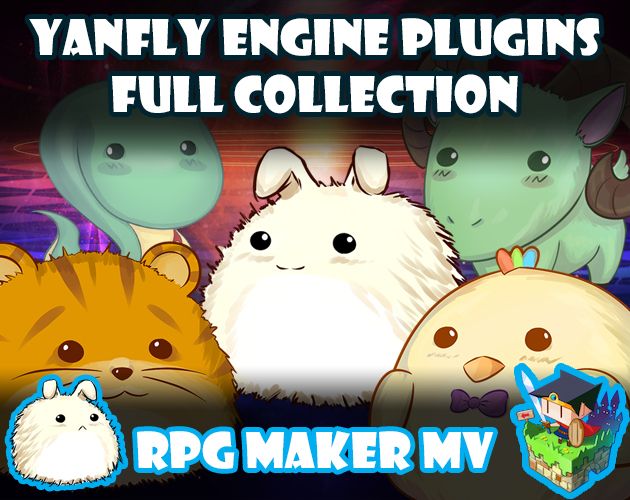
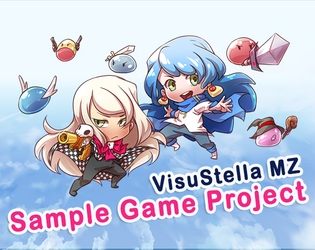
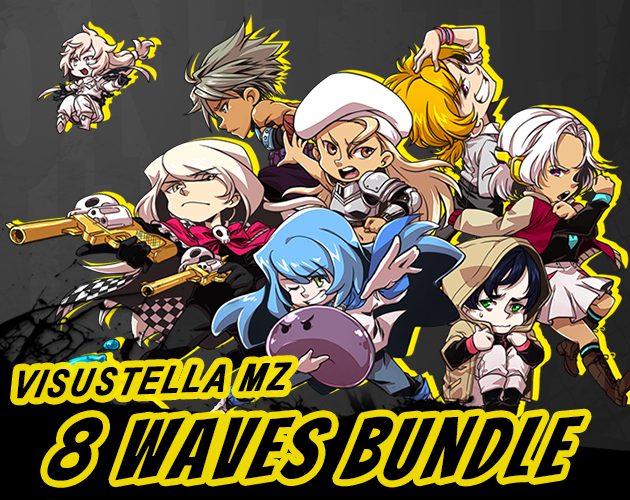
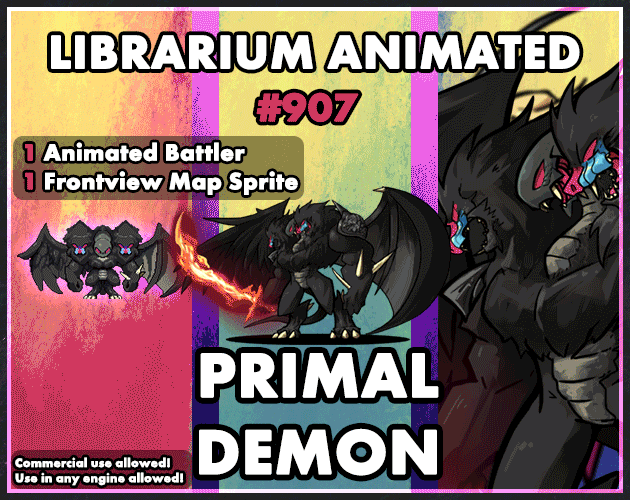
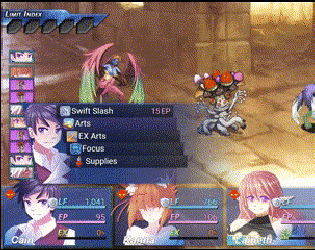
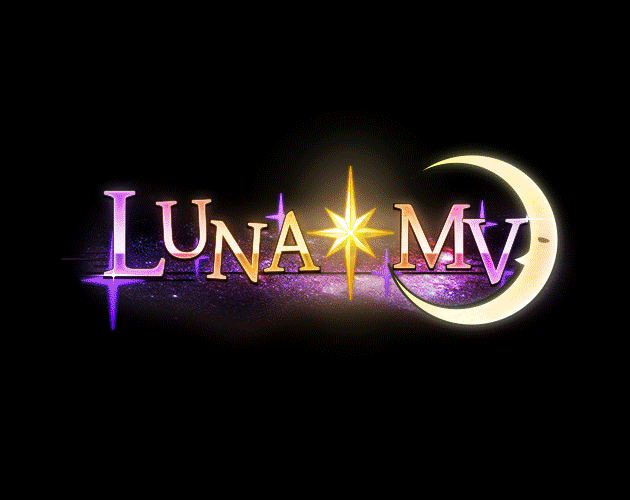
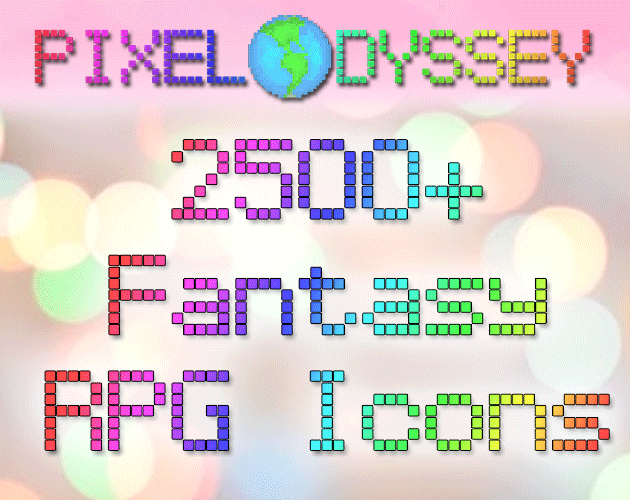
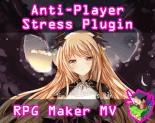
|
VisuStella, Caz Wolf, Fallen Angel Olivia, Atelier Irina, and other affiliated content creators.
IntroductionSome of you may have been wondering about which battle system to use for your RPG Maker MZ game. After all, if you're going to design your game's battle system, you'll want to pick the right foundation for it from the start or else the problems will compound upon one another as the game project develops further. This article will highlight the key aspects to take into consideration when picking the battle system suited for your game. Difference ChartSince this is probably what many of you are looking for, I'll go ahead and include it towards the top of this article so that there's less need to search around.
NOTE*: The battle systems in the chart above do not show which battle systems are "better" than others by having more ✅check marks. The number of ✅check marks is irrelevant to whether or not a battle system is fit for your game. Instead, you should be looking at where those ✅checkmarks are in order to determine which battle systems best suits your game design style.
Structure: Action Economy and Turn AdvantageIn traditional JRPG's, Action Economy refers to the quantity and frequency of how often a battler, an actor or an enemy, can perform during the scope of battle. The flow of battle determines the frequency of a traditional JRPG's action economy. This is extremely important to understand because the more turns a battler has, the more often he or she is able to apply pressure to the opposite team and move his or her own team towards victory. Turn Advantage refers to describing the advantage a participating battler has based on turn-order. Depending on the battle flow, most of the time, those that act more quicker and more often have a better turn advantage than their opponents. Those with more turn advantage are also more likely to win the battle provided both sides are relatively balanced. There is overlap between Action Economy and Turn Advantage but they are NOT the same. Action economy refers to the quantity of actions a battler can produce in a given time while Turn Advantage relates to the speed and priority of actions a battler can produce over time. Understanding both of these will help you understand the flow and structure of battle. There are four types of battle flows that determine the frequency of when battlers get actions: Real-Time, Tick-Based, Turn-Based, Unit-Based Real-Time Battle StructureReal-time battles are seen in games like Star Ocean, Tales of series, and Kingdom Hearts just to name a few examples. Their battles have all participants performing actions on demand as long as they're not in the middle of an action and have enough resources to commit to that action. Action Economy: The Action Economy in a real-time battle system is next to unlimited, only limited by the unit's resources, action's frequency of use, and unit's current state of being able to perform an action or not. Turn Advantage: Turn Advantage in a real-time battle system almost does not exist. All units are able to move and act whenever they player or AI needs them to. Balancing: Balancing these types of battles can be a real challenge. VisuStella MZ Plugins: There are no VisuStella MZ plugins for this type of battle flow. Tick-Based Battle StructureTick-based battles are seen in games like many of the Final Fantasy games, Grandia, and the more recent Atelier Ryza. Action Economy: Battle participants typically only have one action each time they have a turn to perform an action. This is balanced for the most part. However, due to the nature of turn advantage in a tick-based battle system, anyone who can perform multiple actions per turn will usually and drastically outperform any other battle participant. Turn Advantage: Turns are determined by each participant's AGI. The more AGI a battler has, the more often their turn comes up. There is no limit to how many turns a battler can acquire in a set amount of time. Battlers with high enough AGI can overlap battlers with less AGI. Balancing: Balancing a tick-based battle system is extremely tricky. Most games that utilize them keep AGI levels around a similar range without letting them grow too much over time and without letting them vary by too much either. Status effects like Haste and Slow are far more potent than status effects that raise damage dealt or reduce damage taken. This is to avoid giving any battler too much Turn Advantage. VisuStella MZ Plugins: Battle System - ATB VisuStella MZ, Battle System - CTB VisuStella MZ Turn-Based Battle StructureTurn-based battle systems are seen in most Dragon Quest games, most Shin Megami Tensei games, and even the Pokémon games. Battle flow revolves around (usually) giving an equal amount of turns and (usually) actions to perform to each battle participant in a balanced manner. Action Economy: Battle participants usually have one action they can perform each turn. However, in the scenarios where they can perform multiple actions a turn, the advantages given here are not as skewed as they would be in a tick-based battle system since every battle participant is guaranteed a turn within a set time frame (as long as they're able to act). Some games, like the SMT series, even allow performing multiple actions a turn without disrupting the balance and battle flow too much. Turn Advantage: Turns are granted to each battle participant evenly. Instead of AGI determining how frequent the battlers acquire turns, AGI instead determines how fast the battlers go in a given turn set. The faster the AGI, the earlier the battler can perform for that round. Battlers cannot overlap each other for turn advantage through AGI. A battler with 999 AGI will not have more turns than a battler with 20 AGI during a single battle round. Balancing: Balancing a turn-based battle system is far easier than balancing one for a tick-based battle system. AGI values can vary drastically without giving one participant too much turn advantage. Characters with high action economies are also easier to manage for this reason, too. VisuStella MZ Plugins: Battle System - BTB VisuStella MZ, Battle System - OTB VisuStella MZ, Battle System - STB VisuStella MZ Unit-Based Battle StructureDescription Action Economy: Turn Advantage: Balancing: VisuStella MZ Plugins:
More to come. End of Article | ||||||||||||||||||||||||||||||||||||||||||||||||||||||||||||||||||||||||||||||||||||||||||||||||||||||||||||||||||||||||||||||||||||||||||||||||||||||||||||||||||||||||||||||||||||||||||||||||||||||||||||||||||||||||||||||||||||||||||||||||||||||||||||||||||||||||||||||||||||||||||||||||||||||||||||||||||||||||||||||||||||||||||||||||||||||||||||||||||||||||||||||||||||||||||||||||||||||||||||||||||||||||||||||||||||||||||||||||||||||||||||||||||||||||||||||||||||||||||||||||||||||||||||||||||||||||||||||||||||||||||||||||||||||||||||||||||||||||||||||||||||||||||||||||||||||||||||||||||||||||||||||||||||||||||||||||||||||||||||||||||||||||||||||||||||||||||||||||||||||||||||||||||||||||||||||||||||||||||||||||||||||||||||||||||||||||||||||||||||||||||||||||||||||||||||||||||||||||||||||||||||
